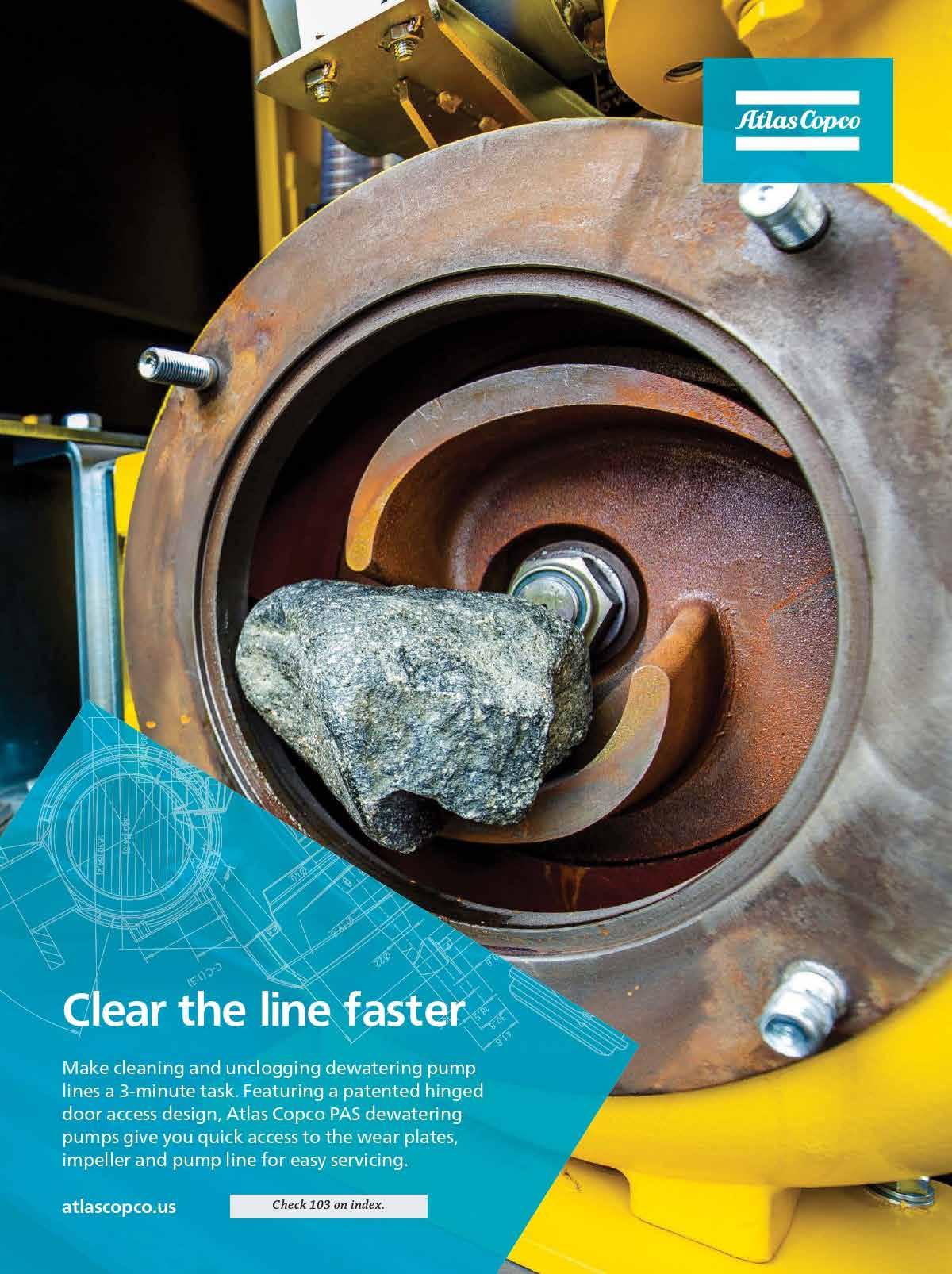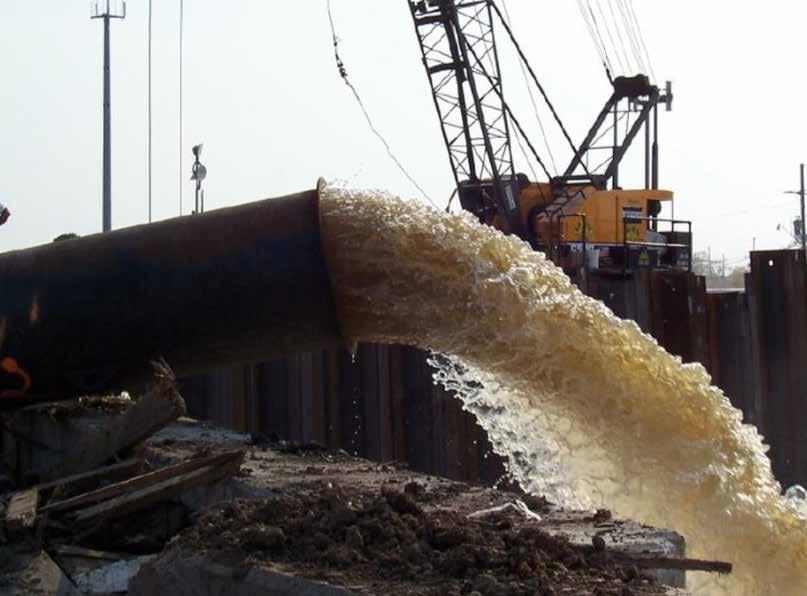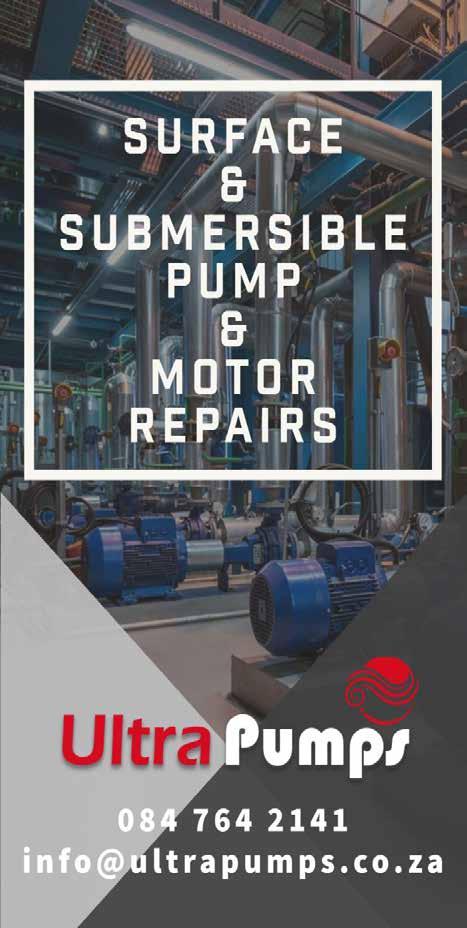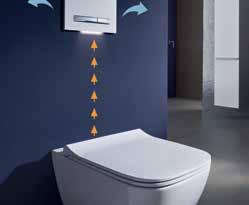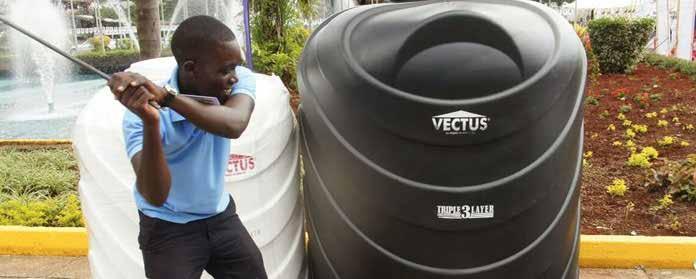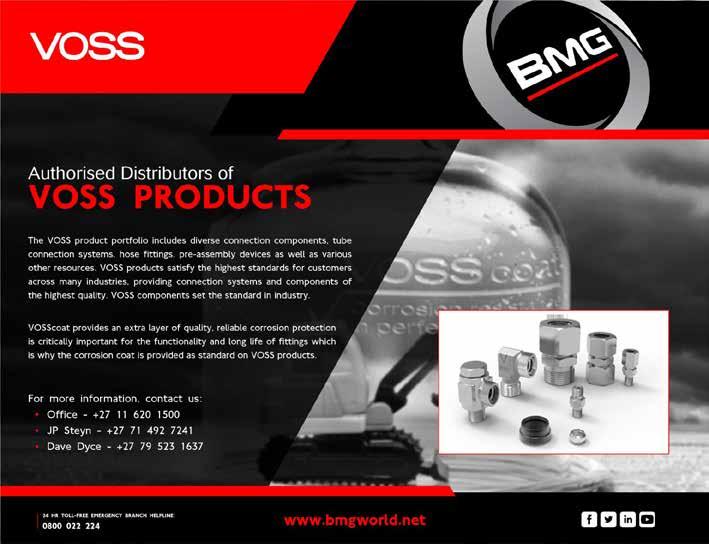
3 minute read
Sulzer
known to cause problematic fatbergs or stormwater debris buildup. After assessment of contributing factors, and determining whether you’re dealing with a full clog (where the pump is no longer working) or a partial clog (which decreases water flow), a plan to clear the clog and mitigate future clogging issues may be implemented. For mitigation, solutions such as installation of trash baskets, bar screens or agitators may be installed, or screening / upstream filtering might be necessary, however each has its pros and cons.
Some pump companies have adapted to the debris issue by adding chopper impellers to their pumps which are made to handle this type of material and literally chop debris when it enters system. Unfortunately retrofits or new pumps with this option are slow to enter the field. Municipalities however are now purchasing submersible chopper pumps for their lift stations more than ever to decrease any potential risk of blockage or pump downtime.
Advertisement
One of the most reliable ways to clear a clogged pump is to physically remove the clogging debris by releasing the vacuum, disconnecting the suction tube and letting the water rush back through the suction tube to flush out the debris, however the debris still remains in the water to be pumped. MWI discourages the use of a suction screen on a bypass as we feel it is easier to remove the suction hose and reach up in the volute to pull the rags or other debris from the impeller, than lift the entire suction hose out of a manhole and clean off the screen. Although cumbersome or frustrating, physical removal may be a necessary part of any debris management plan. Consider New Equipmentconsider new equipment

Selecting the right pump is crucial to maintaining a smooth flow and preventing clogs. To avoid clogs, consider investing in equipment that can handle water containing debris and cut down on clogs such as trash pumps. MWI offers trash pumps built for any environment from smaller sewer bypass and job site dewatering all the way up to full sewage treatment plant / pumping station bypass with 200% larger handling capacities for solids up to 6” and a flow of 20MGD.
The EPA confirms that “548 million tons of C&D debris were generated in the United States, in 2015—more than twice the amount of generated municipal waste.” Trash pumps such as our self-priming Primerite™ have larger impellers so they can handle small branches, pebbles, and other debris from sites. The Primerite™ includes a run-dry feature so they dont quit and will keep water moving. For larger pump stations and wastewater treatment plants, MWI also offers the Hydraflo™ H3NC—our robust non-clog pump that effortlessly performs even in the toughest conditions due to a closed two-bladed impeller which easily handles trash and sewage 2x larger than traditional trash pumps
Another solution is to retrofit or upgrade to new equipment such as a trash pump with a chopper impeller. If so, we encourage you to review our product line or talk to one of our specialists to determine the right pump for your application. We’re a leading manufacturer of American made, costeffective, high-quality pumps with patented technology. MWI also offers sewage pump rental services complete with an in-house repair facility, a backup rental fleet and emergency 24/7 pump support. If you’re interested in reducing maintenance time and overall operating costs, feel free to contact us for more information.
